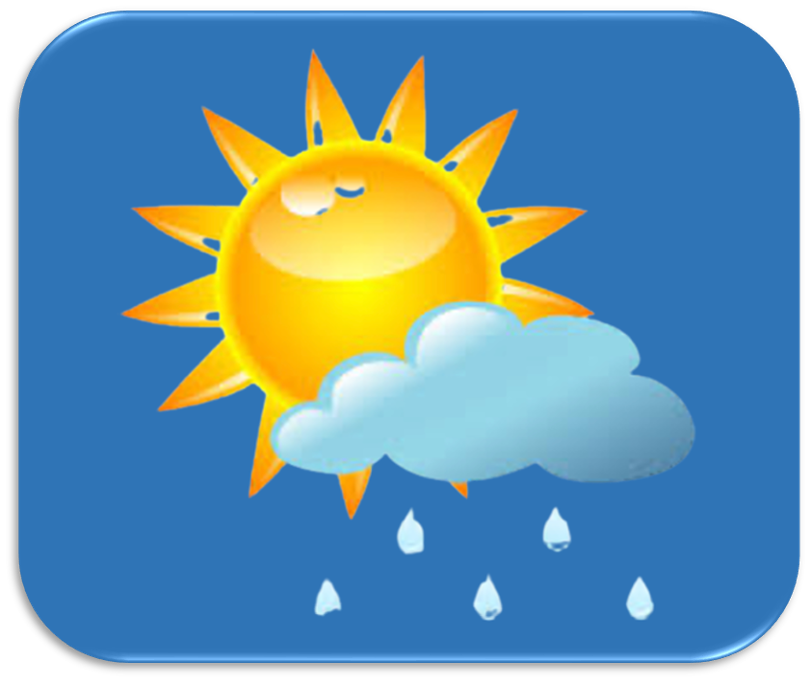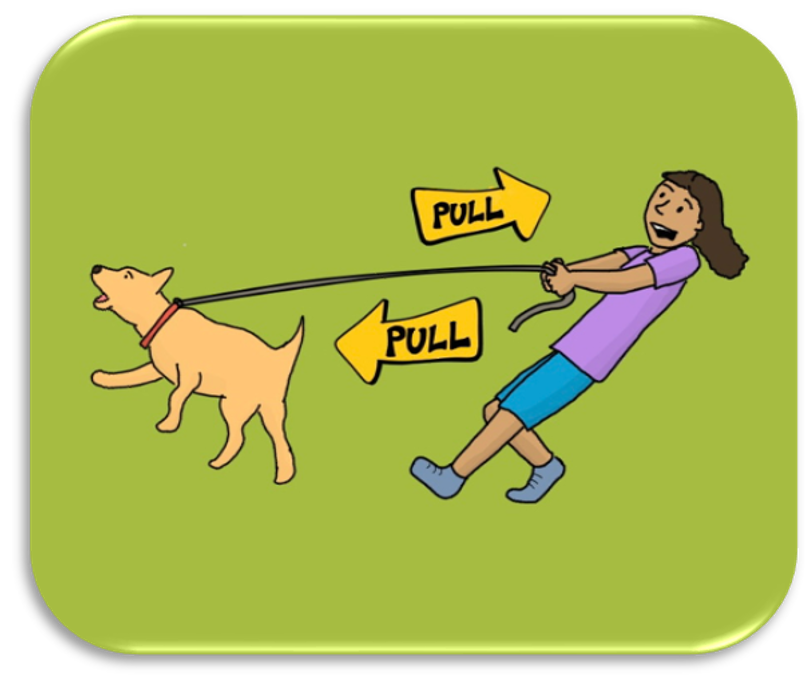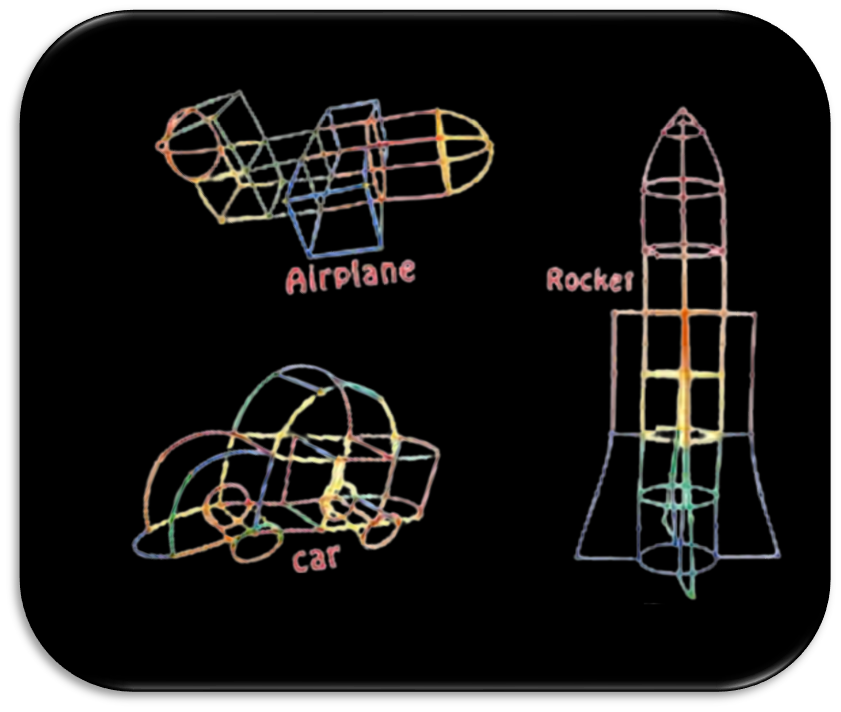- School District of Beloit
- Kindergarten - Science
Kindergarten - Science
-
The School District of Beloit has a vision for science education that engages all students in science by working with rigorous, relevant, and real-life problems. We do this through the use of curricular resources that are aligned to the Next Generation Science Standards. These resources encourage students to discover the world around them, in order to provide foundational knowledge to all and encourage all students to continue to learn and to keep wonder alive. The goal of the science program is to prepare our students for their future, which could be very different from the world we live in today. As a result, we have developed a scope that allows students to build upon and revise prior knowledge and encourages all students to engage in the practices of science and engineering.
Kindergarten Science Units
-

Unit 1 - Environment (Sunlight and Weather)
Students will learn about patterns in weather, how to determine if the weather is severe, how to prepare for severe weather, how the sun warms the Earth, and how to lessen the effects of the sun warming the Earth.
-

Unit 2 - Force and Motion
Students develop their concepts of movement, force, push, and pull.
-

Unit 3 - Engineering
Students will define a simple problem, ask questions, make observations, make a model, and compare solutions. They will utilize communication skills to talk to other classmates about their ideas.
-

Unit 4 - Plants and Animals
Students use observations and investigations to understand what animals, humans, and plants need to survive. They describe how those needs are the same and different from other animals, humans, and plants that live in different environments. Students explore how animals, humans, and plants change their environment to live.
By the end of Kindergarten, students will...
-
- ask questions based on observations to find more information about the natural world.
- develop a simple model based on evidence to represent a proposed object or tool.
- plan and conduct an investigation collaboratively to produce data to serve as the basis for evidence to answer a question.
- analyze data from tests of an object or tool to determine if it works as intended.
- make observations to construct an evidence-based account for natural phenomena.
- use observations to describe patterns and/or relationships in the natural and designed world(s) in order to answer scientific questions and solve problems.
- use tools and/or materials to design and/or build a device that solves a specific problem or a solution to a specific problem.
- read or listen to grade-appropriate texts to obtain scientific and/or technical information to determine patterns in and /or evidence about the natural and designed world(s).
- develop a simple sketch, drawing, or physical model to illustrate how the shape of an object helps it function as needed to solve a given problem.
- compare the needs of plants, humans, and animals in various environments.
- learn how plants, humans, and animals change their environment.

